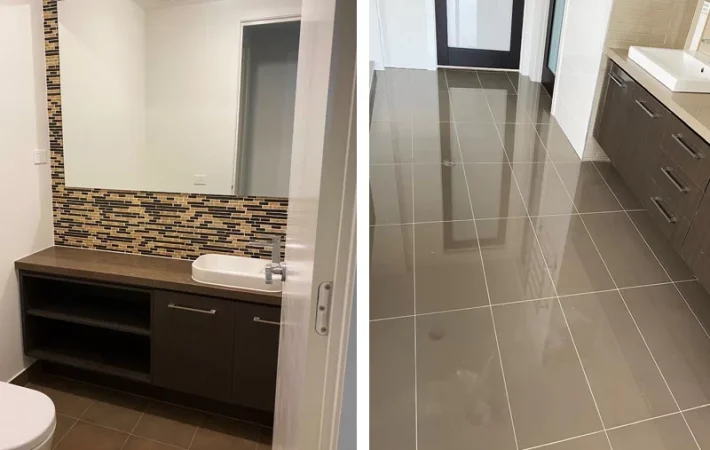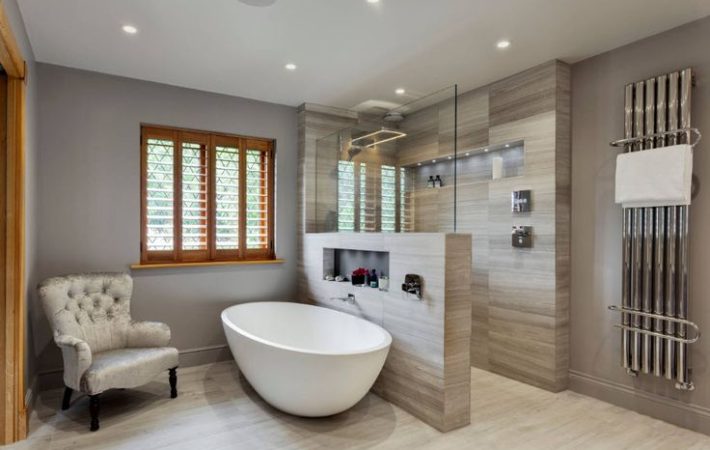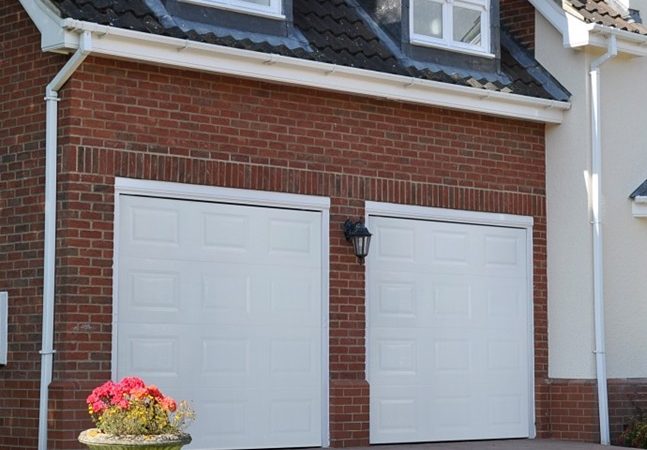Composite decking has revolutionized outdoor living spaces with its blend of durability, aesthetics, and low maintenance requirements. Engineered from a combination of recycled wood fibers and synthetic materials like polyethylene or polypropylene, composite decking offers an eco-friendly alternative to traditional timber while mimicking the natural look of wood.
Key Features of Composite Decking:
- Durability: Resistant to rot, mold, and insect damage, composite decking withstands harsh weather conditions, making it ideal for outdoor applications.
- Low Maintenance: Unlike natural wood, composite materials do not require staining, sealing, or painting. Routine cleaning with soap and water keeps the deck looking pristine.
- Aesthetic Appeal: Available in a wide range of colors, textures, and finishes, composite decking complements various architectural styles and personal preferences.
- Safety: Slip-resistant surfaces ensure a secure footing, enhancing safety for families and pets.
- Environmental Benefits: Utilizing recycled materials reduces carbon footprint and supports sustainable building practices.
Benefits of Composite Decking:
- Longevity: Maintains color and integrity over time with minimal fading or warping.
- Versatility: Suitable for decking, railing systems, fencing, and outdoor furniture, offering cohesive design options.
- Cost-Effective: Initial investment pays off in long-term savings on maintenance and replacement costs.
- Environmental Sustainability: Supports green building certifications with eco-friendly materials.
- Warranty Coverage: Many manufacturers offer extended warranties, providing peace of mind.
Applications of Composite Decking:
- Residential Decks: Enhance outdoor living spaces with durable and visually appealing decking solutions.
- Commercial Spaces: Create inviting outdoor areas for restaurants, hotels, and public spaces.
- Pool Decks: Maintain safety and aesthetics around swimming pools with slip-resistant surfaces.
- Boardwalks and Docks: Construct durable, low-maintenance pathways and structures in waterfront settings.
Tasmanian Oak Flooring
Tasmanian Oak flooring embodies the timeless beauty and durability of Australian hardwoods, renowned for their versatility and natural appeal. Sourced from sustainably managed forests in Tasmania, this timber species offers homeowners and designers an elegant flooring option that enhances both traditional and contemporary interiors.
Key Features of Tasmanian Oak Flooring:
- Natural Beauty: Exhibits warm hues ranging from pale pink to reddish-brown, complemented by subtle grain patterns and occasional gum vein features.
- Durability: High density and inherent strength ensure longevity and resistance to wear, making Tasmanian Oak suitable for high-traffic areas.
- Ease of Installation: Well-suited for tongue-and-groove or click-lock systems, facilitating straightforward installation processes.
- Stability: Minimal movement in response to changes in humidity and temperature maintains structural integrity over time.
- Sustainability: FSC® certified timber from responsibly managed forests supports environmental stewardship and sustainable building practices.
Benefits of Tasmanian Oak Flooring:
- Timeless Elegance: Enhances interior spaces with a classic timber finish that complements various design styles.
- Versatility: Suitable for both residential and commercial applications, offering flexibility in aesthetic expression.
- Low Environmental Impact: From sustainable sourcing to minimal waste during processing, Tasmanian Oak supports eco-conscious building practices.
- Acoustic Comfort: Provides natural sound insulation, contributing to a quieter indoor environment.
- Value Addition: Adds value to properties with enduring quality and aesthetic appeal, appealing to prospective buyers.
Applications of Tasmanian Oak Flooring:
- Living Spaces: Enhance living rooms, bedrooms, and hallways with warm, inviting flooring solutions.
- Commercial Interiors: Create welcoming atmospheres in offices, retail spaces, and hospitality venues.
- Staircases and Landings: Coordinate flooring transitions with elegance and durability.
- Custom Furniture and Joinery: Craft bespoke pieces that showcase the natural beauty and craftsmanship of Tasmanian Oak.
Choosing Between Composite Decking and Tasmanian Oak Flooring
When deciding between composite decking and Tasmanian Oak flooring, consider the following factors:
- Location and Use: Evaluate the intended application, whether for outdoor decks, interior flooring, or both.
- Aesthetic Preferences: Determine the desired look and feel, whether modern and low-maintenance with composite decking or classic and natural with Tasmanian Oak.
- Durability Requirements: Assess traffic levels, climate conditions, and maintenance expectations to choose the most suitable material.
- Environmental Considerations: Consider sustainability certifications, sourcing practices, and end-of-life considerations.
- Budget and Long-Term Investment: Compare initial costs, maintenance expenses, and expected lifespan to make informed decisions.
Conclusion
In conclusion, composite decking and Tasmanian Oak flooring represent premium choices for enhancing residential and commercial spaces with durability, aesthetics, and environmental responsibility. Whether prioritizing outdoor living with low-maintenance composite materials or creating timeless interiors with natural Australian hardwoods, both options offer unique benefits tailored to diverse architectural preferences and project requirements. By aligning material characteristics with functional needs and design aspirations, homeowners, architects, and builders can achieve stunning results that elevate the appeal, comfort, and value of their properties.







Leave a comment
Your email address will not be published. Required fields are marked *